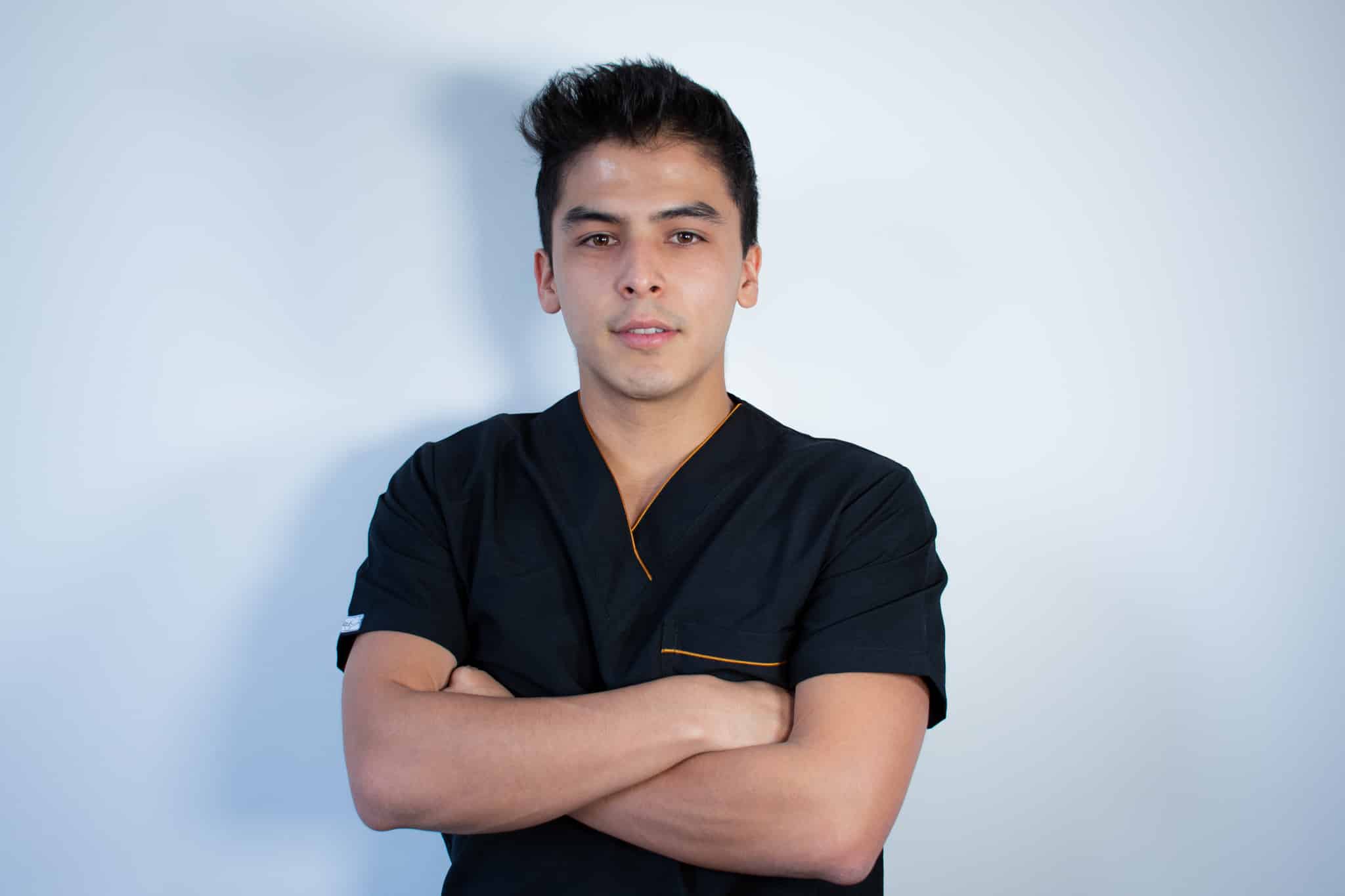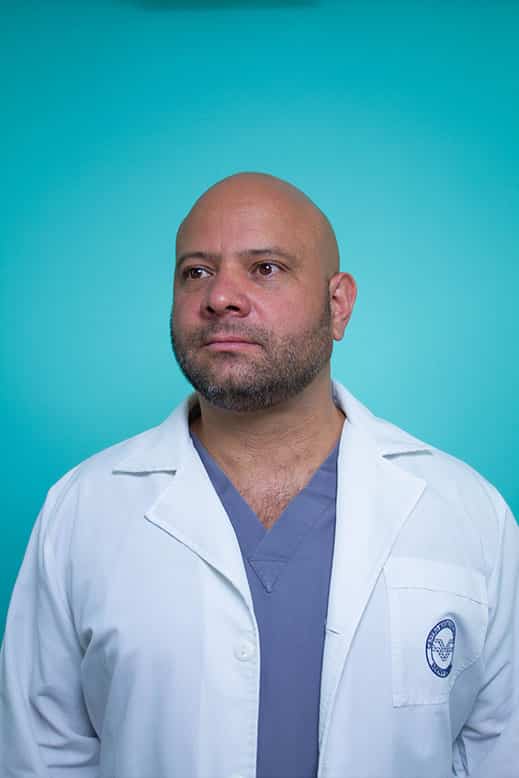It is a habit that we repeat several times a day and that we were taught to do during childhood.
However, the data show that the Spanish population does not brush their teeth properly.
And that, therefore, daily oral hygiene is one of the pending subjects for both children and adults.
There are many studies that have delved into this subject with the aim of making the population aware of the importance of brushing their teeth properly.
Knowing the correct technique is important to avoid mistakes when brushing your teeth.
One of the most relevant studies is the “Oral Health Month” initiative, promoted by the Spanish Society of Periodontology and Osseointegration (SEPA).
We will now analyze its conclusions.
Are we brushing our teeth properly?
The aforementioned report concluded that Spanish children fail when it comes to brushing their teeth, both in terms of time and the way they brush.
One of the most striking conclusions of the study, in which 1,000 families participated, states that 33.6% of children brush only their front teeth, ignoring the rest of the teeth in their mouths.
In addition, the time spent brushing teeth is less than adequate, since 43.1% of children spend less than two minutes, which is the time recommended by dentists.
Toothpaste
Enlarge image
TOOTHPASTE
At this point, both the example and the habits taught by parents are especially important.
Even so, many adults also have doubts about the frequency, duration and proper oral hygiene techniques.
Therefore, in this article we are going to give you some simple guidelines so that you can improve your brushing and teach a good routine to the little ones.
To pay attention to all teeth and avoid forgetting, it is best to divide them into two groups (upper and lower) and always follow the same order.
How to brush teeth correctly?
Before explaining how brushing should be done, it is necessary to highlight the importance of the toothbrush.
First of all, it should be clarified that both manual and electric toothbrushes are equally valid.
What is important is that the toothbrush is clean and in good condition.
As a general rule, it should be changed every three months, or even sooner if we notice that it is very worn.
In terms of frequency and duration, it is best to brush your teeth after every meal (about three times a day) and for about two minutes.
Often it is difficult to reach the two minutes and we give up before the time is up.
To avoid this, we can resort to a few simple tricks, such as using a watch or doing something that entertains us while we brush, like watching television.
Complete your oral hygiene
To maintain good oral health, brushing your teeth is not enough: don’t forget your tongue.
What is the best brushing technique?
Once we are clear about the frequency and duration, it is important to emphasize the technique, which usually creates more doubts.
First of all, we should add a fluoride toothpaste to the toothbrush (almost all of them contain fluoride).
The paste should be used in moderation, as adding too much will generate excess foam, which does not favor cleaning.
To ensure that we give all teeth the same attention, we can divide them into two groups (upper and lower) and always follow the same order.
In this way, we will create a routine, our brushing will be thorough and we will avoid forgetfulness.
The electric toothbrush has a rounded brush head.
Enlarge image
HYGIENE WITH AN ELECTRIC TOOTHBRUSH
1 – Upper teeth
Outer sides
To start brushing the outer sides of the upper teeth, open your mouth slightly and place the brush perpendicular to the tooth, slightly inclined towards the gum.
In this way, we make several gentle circular movements so that the bristles of the brush cover the teeth and gums.
As the toothbrush is also in contact with the gum, it is very important that the movement is gentle and does not exert pressure on the gum.
If this is done incorrectly, the gum will be damaged.
For example, there are many people who come to our office with receding gums due to aggressive brushing.
When it comes to explaining how gentle this movement should be, it can be said that brushing the teeth is similar to sweeping.
That is to say, just because you sweep harder, you will not sweep better and remove more dirt.
Inner sides
Once we have finished with the outer sides, we move on to the inner sides.
To brush the inner faces we will have to make two different movements: one from fang to fang and the other for the rest of the teeth.
We will start at the back of the mouth and continue with small circular movements, using only the front part of the toothbrush.
Once we reach the fangs, we will begin to make a sweeping motion using the entire toothbrush.
Grinding faces
To finish with the upper teeth, we will brush the grinding faces, which are cleaned using horizontal sweeping movements.
This is the movement that poses the least problems since most people do it this way naturally.
2 – Lower teeth
Once we have taken care of the hygiene of the upper teeth, we continue with the lower teeth.
The technique to be used is the same as described above.
First, we place the brush perpendicular to the tooth to clean in the same order: outer, inner and, finally, grinding.
To check how the brushing should be, I recommend you to watch the explanation of the technique we do in the following video:
How to brush your teeth
3 – Tongue
Once all the teeth have been brushed, we must not forget to clean the tongue, where a large amount of food debris accumulates.
To do this, it is best to use a tongue scraper.
To proceed with the cleaning, the first thing you have to do is to remove the tongue and place the scraper in the most posterior part you can.
We tell you this because many people find the tongue scraper nauseating.
So be careful not to take it too far back.
Once you are on the back of the tongue, sweep from the back to the front.
DO YOU NEED DENTAL HYGIENE?
Complements to brushing: dental floss and mouth wash
In addition to the toothbrush and toothpaste, it is essential to complement hygiene with two other elements: dental floss or interproximal brush and mouthwash.
At this point it is important to emphasize that although their use is important, these products should never replace thorough brushing.
On the one hand, dental floss should be used once a day to clean food debris that may have remained between the teeth.
If the spaces between the teeth are large, an interproximal brush should be used.
On the other hand, the use of mouthwash is indicated to attack the bacteria in our mouth and to remove the last traces of food that may remain.
Due to the wide variety of mouthwashes on the market and the different needs of each patient, my recommendation is to ask your dentist which type is best for you and the frequency of use.
Benefits of chlorhexidine
Enlarge image
MOUTH RINSE
Having read these simple tips, we hope that from now on your daily oral hygiene routine will be healthier.
Oral hygiene is not only essential to maintain good oral health, but it also plays an important role in our general health.
A small gesture repeated several times a day serves as a barrier to prevent serious diseases such as diabetes or myocardial infarction.
This is why raising awareness of the importance of good oral hygiene should no longer be a pending subject for all of us.



